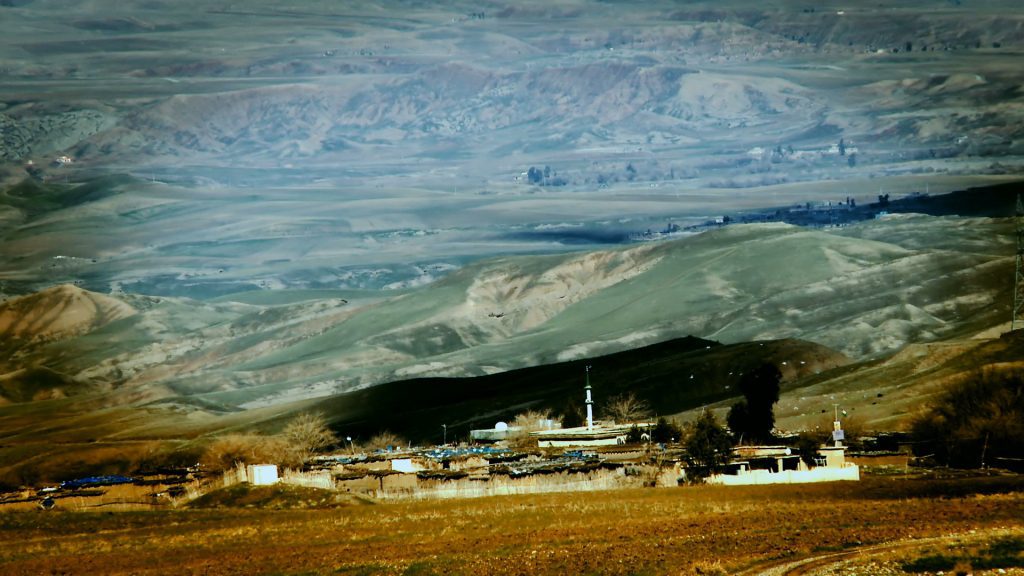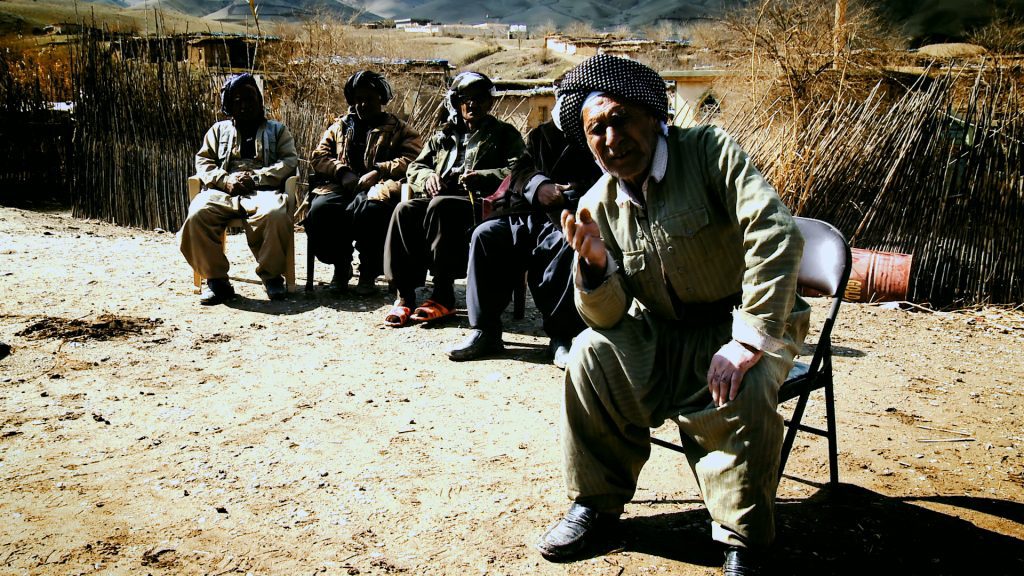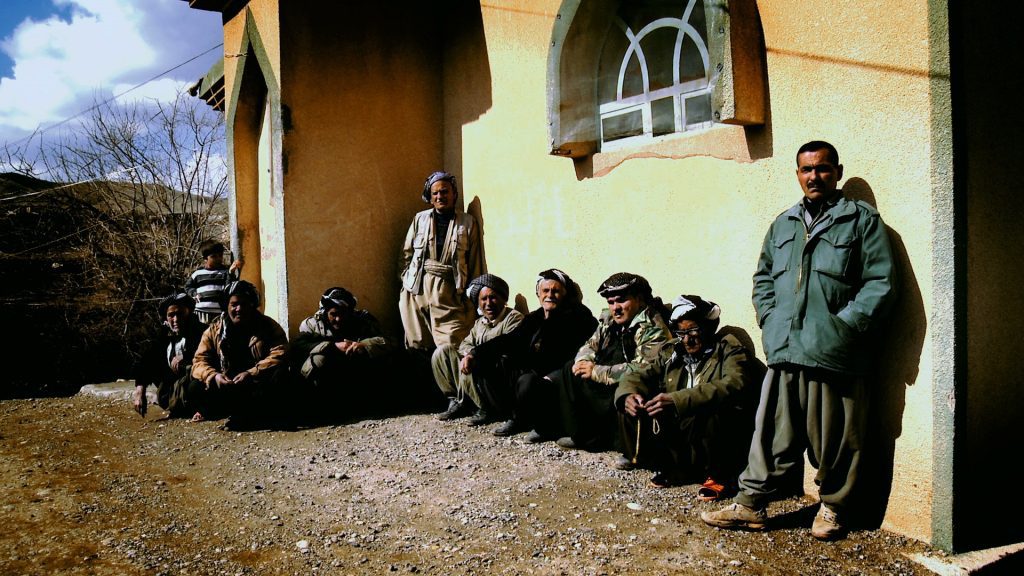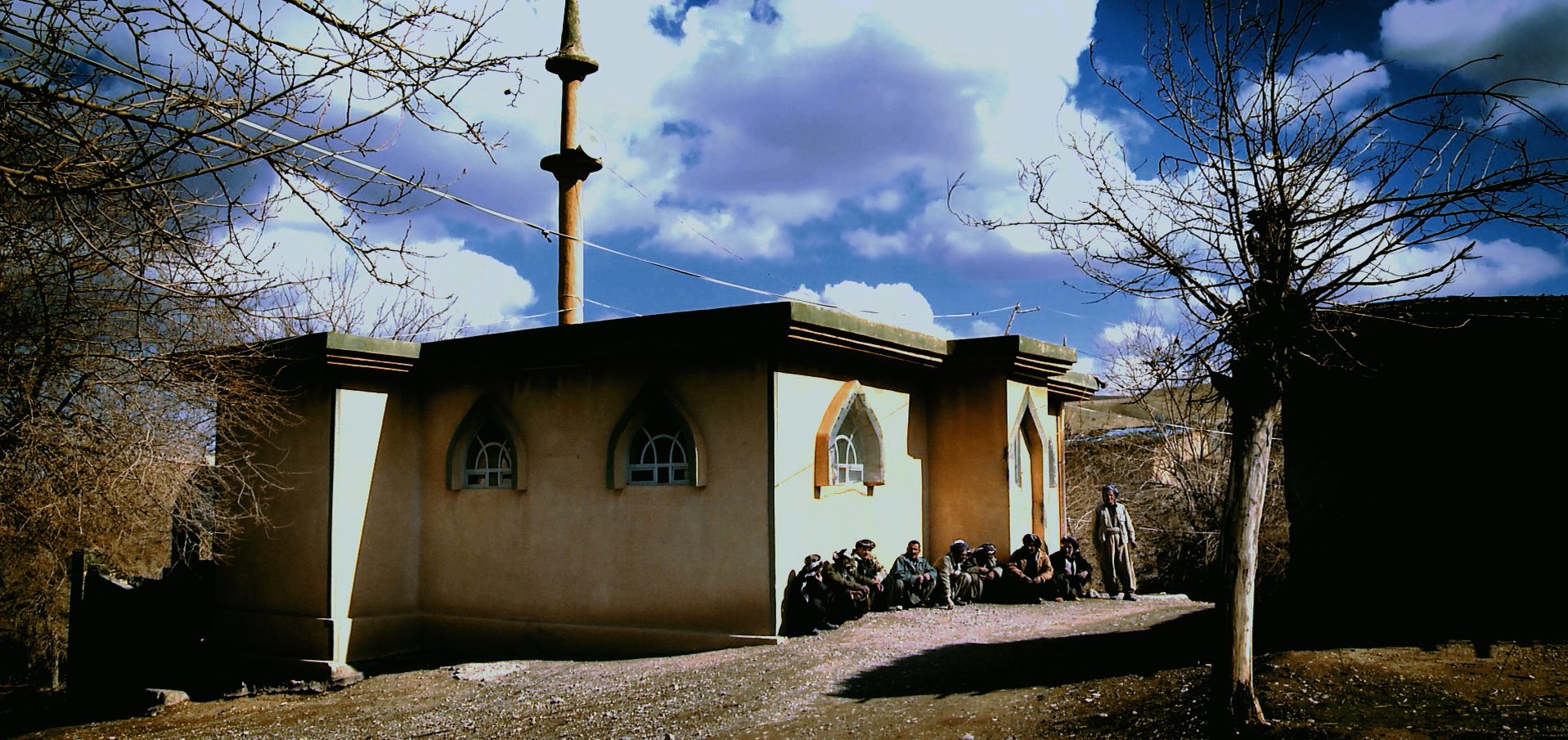
Jalemort village lost almost 500 people during Anfal, about two thirds of its population. Villagers gave the peshmerga their support and Iraqi forces subsequently razed their homes, destroying livestock, crops and the water supply.
Few Kurdish villages were as tragically affected by Anfal as Jalemort, a village in the Lesser Zab valley of about 800 people, which lost nearly two-thirds of its population in 1988.
The village was a prime target for the Iraqi army because it was an important peshmerga centre providing hospital facilities for wounded fighters and unstinting support from its farming community in the war against Baghdad.
‘There was nowhere like Jalemort,’ says Mahmoud Ali Mustafa, a local farmer who still lives in the village. ‘The peshmerga came from Kirkuk, Perdiya and Hawler with dead bodies and injured fighters. We cared for them at night secretly and were happy to give them what they wanted.’
A few days before the Iraqi army assault on 3 May, villagers were told by the peshmerga to abandon Jalemort, and many hid nearby in makeshift air raid shelters.
We were encircled by the Iraqi army and jash. It was like a rabbit hunt where the rabbits were too frightened to leave their warrens
From his hideout, Abdul Mutalib Mohammed Suleman remembers hearing his neighbours being arrested and the sound of tanks, planes and helicopters.
‘It was like being in a war zone,’ he says. After two days the group around him decided to try and escape but by then it was too late. The military and their Kurdish collaborators encircled their hiding place in the early morning hours.
‘It was like a rabbit hunt with the rabbits too frightened to come out of their warrens,’ says Abdul Mutalib. The group was rounded up and forced at gunpoint to go back to Jalemort, which by then had been razed to the ground and looted. He remembers Iraqi soldiers stealing money, jewellery and even shoes from their captives.
Karim Ali Qadir and some 20 families fled to a countryside hiding place close to Jalemort, but all were quickly rounded up by “jash”, Kurdish mercenaries working for the Iraqi army who knew the area well. They were loaded onto trucks and driven immediately to Topzawa in western Kirkuk. There the young men from the village were separated from the elderly, women and children.

The villagers of Jalemort were captured by Iraqi forces and trucked to Topzawa, near Kirkuk, where they were divided into groups. The majority were sent to the desolate Nugra Salman prison camp in southern Iraq, where more than half of them died. There were between 40 and 50 survivors.
Karim recalls seeing one group of about 150 young women being driven away in military vehicles. As he ran after the vehicles, two Iraq soldiers stopped him and beat him severely. The women disappeared without trace.
After three days, Abdul Mutalib’s group was packed into large military vehicles and driven to the southern deserts with neither food, water nor toilet breaks. They arrived at the desolate Nugra Salman prison close to the Saudi border late at night where water was in short supply and scarcely drinkable.
The death toll at Nugra Salman was high. Every day there were one or two deaths, some days more. Abdul Mutalib recollects one night when 23 people died. Prisoners were forced to dig graves in the area around the prison mostly with their bare hands. They were so shallow that they barely covered the corpses and wild dogs fed on the cadavers.
‘They’d cover them in sand but the dogs dug them up and dragged them away,’ says Karim Ali Qadir. ‘All the dogs looked black like goats.’
Nugra Salman wasn’t a place fit for animals, let alone humans
The groups were divided according to their villages but the conditions in the halls where they were housed were filthy. Excrement and pools of urine lay everywhere.
‘Nugra Salman wasn’t a place fit for animals, let alone humans,’ says Karim. ‘It was a place that no one should experience.’
During the six months Karim spent in Nugra Salman, he lost five sons, two daughters, three sisters, three nephews, and one brother. Abdul Mutalib Mohammed Suleman lost 18 members of his extended family in all.
One villager who managed to escape imprisonment was Mahmoud Ali Mustafa. He was tending his animals at a nearby lake at the time and watched the army destroy Jalemort from a hilltop. His family was not so fortunate. His wife, nine children, two brothers and their 10 children all died during Anfal.
Jalemort is nowadays mainly occupied by elderly villagers. Of the 150 families who once lived here, only about 30 remain. About 480 people were killed during Anfal.

The Jalemort survivors returned home in 1993 and rebuilt their village. Many of them feel lonely because they have no family left. Meanwhile, Jalemort village is declining as it lacks basic services such as water, electricity and roads, and villagers say they feel forgotten by the rest of Kurdistan.
